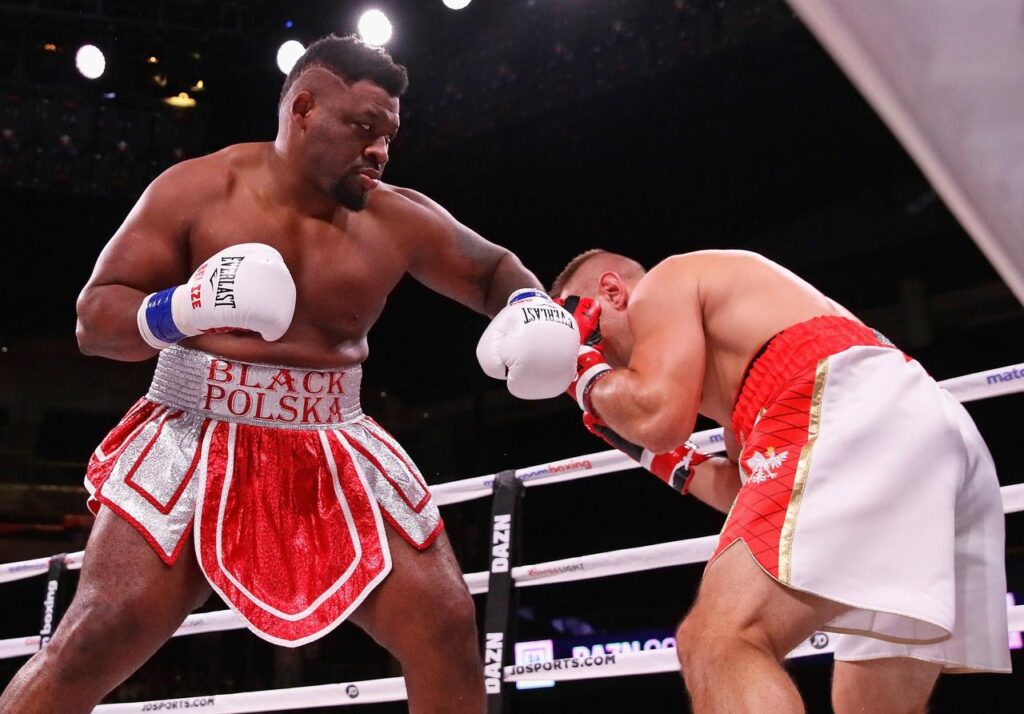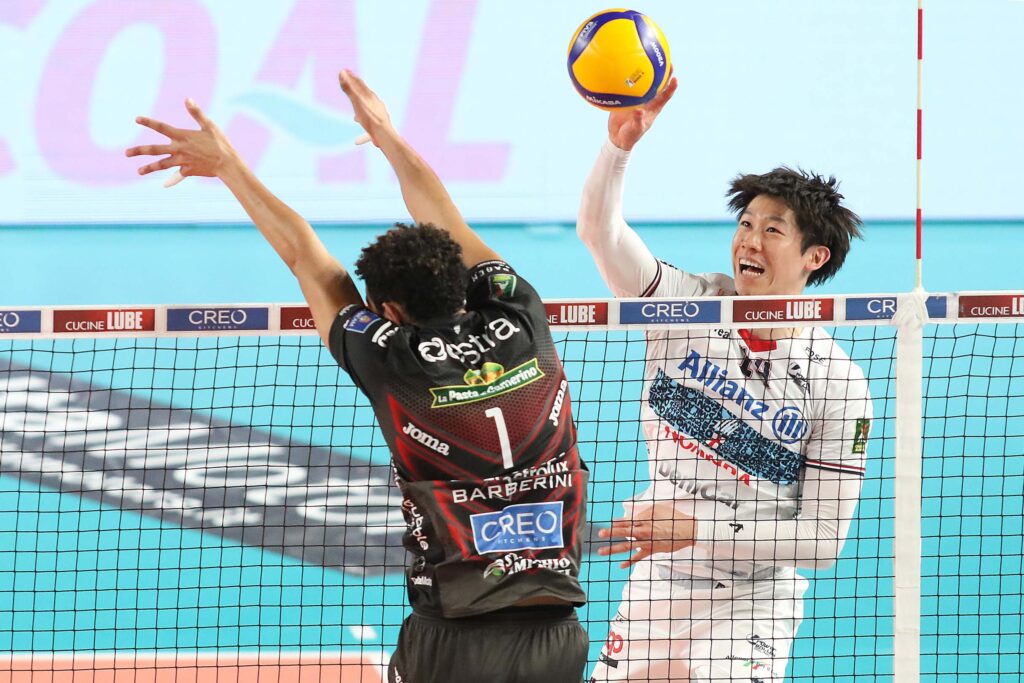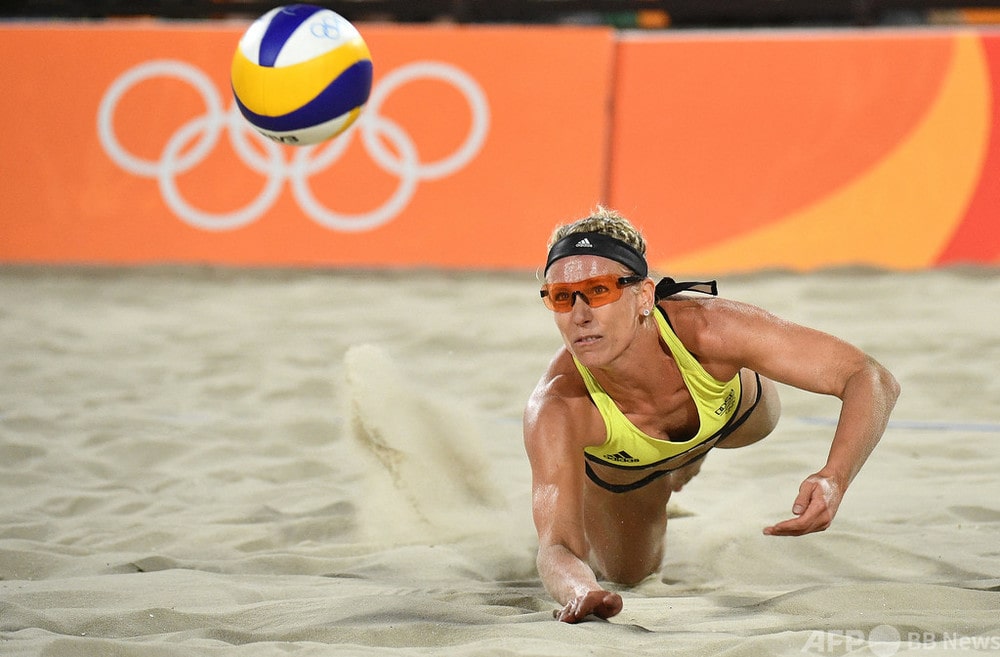
Although beach volleyball and regular volleyball (indoor volleyball) are sports with the same roots, there are major differences in their rules, playing environment, and strategies.
Although these two games are both popular worldwide and are both recognized as Olympic events, they are played in very different environments, and the challenges faced by athletes and attractions are also very different.
This article will introduce you to the basic differences between beach volleyball and indoor volleyball, and explore the unique tactics and playstyles each sport has.
Now, let’s take a closer look at the world of volleyball that unfolds on both the sand of a beach and the floor of an indoor court.
目次
- 1 What is beach volleyball? : Exciting showdown on the sand
- 2 Basic knowledge of normal volleyball (indoor volleyball)
- 3 Key differences: from court and ball size to number of players
- 4 Differences in game styles: strategy and physical strength requirements
- 5 Attraction for players: Why choose beach volleyball/volleyball?
- 6 Interaction between beach volleyball and volleyball: What we can learn from both
- 7 summary
What is beach volleyball? : Exciting showdown on the sand
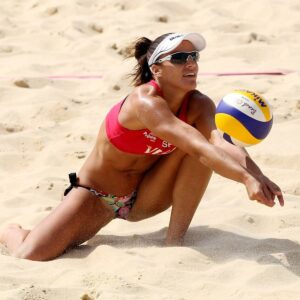
Basic knowledge of normal volleyball (indoor volleyball)
Indoor volleyball is a popular team sport around the world, played at a wide range of levels including high school, college, professional leagues, and the Olympics.
The competition is characterized by a high degree of combination of skill, strategy, and teamwork.
Below, we will explain the basic rules of indoor volleyball and its characteristics.
Team composition and court
- Indoor volleyball is usually played in a 6-a-side format. Each team occupies half of the court and plays against the opposing team across the net.
- The size of the court is 18 meters long and 9 meters wide. The court is further divided into front and back by offensive lines.
points and sets
- Points are earned when the opposing team makes a mistake or when a successful attack causes the ball to fall to the ground in the opponent’s court.
- Matches are usually played in five sets, with the first to win three sets winning. The first four sets will be worth 25 points each, and only the fifth set will be worth 15 points.
basic rule
- Serve: Each play begins with a serve. The server launches the ball from the back of the court and sends it to the opponent’s court.
- Rotation: When a team wins a point and receives the right to serve, players rotate their positions clockwise.
- Ball Handling: Teams may touch the ball up to three times (including return of serve). The same player cannot touch the ball twice in a row.
Features and strategies
- Indoor volleyball is characterized by speed and power. Because it is played on a hard floor, the ball moves quickly and the players move quickly.
- A high level of teamwork and strategy is required. Coordination is important in each play, including serve, receive, setup, attack, and block.
- Players specialize in specific positions, and each has their own role, such as an attack specialist (attacker), a defensive player (libero), or a setter.
Indoor volleyball is a sport that combines detailed team play and individual skill, and is attractive for its strategic depth and dynamic play.
It can be said that this is a sport where you can make unlimited efforts to win, such as understanding each player’s position and role, and even refining the team’s strategy as a whole.

Key differences: from court and ball size to number of players
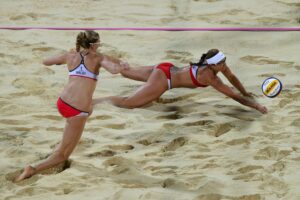
Differences in game styles: strategy and physical strength requirements
Beach volleyball and indoor volleyball each have unique strategy and physical demands.
These differences greatly influence the game style and are reflected in the way players approach training and the tactics they employ during matches.
Differences in strategy
- Beach Volleyball: Beach volleyball only has two players, so one person has to cover a large area. This requires a high level of skill in both defense and offense, making individual technique and teamwork extremely important. Playing on sand is also difficult to navigate, requiring players to have efficient positioning and good communication.
- Indoor Volleyball: Six-a-side is common in indoor volleyball, with each player assigned a specific role. Therefore, fulfilling individual roles and working together as a team are key to strategic success. Fast ball exchanges and movement on hard courts require quick reactions and strategic placement.
Demand for physical strength
- Beach Volleyball: Playing on the sand puts a huge strain on the players’ physical strength. A high level of physical strength and stamina is required, as the sand catches your feet and slows your movements. Muscle strength is also an important factor, as many movements involve the use of the whole body.
- Indoor Volleyball: Indoor volleyball is a sport that requires fast movements and high jumps. Continuous jumps and sudden changes of direction on a hard court place great stress on players’ leg muscles and require explosive strength and reflexes. Also, long matches can require high levels of endurance.
These differences influence how players train to adapt to a particular sport.
Beach volleyball players often focus on training for balance and endurance on the sand, while indoor volleyball players focus on training for speed, height, and strength. There is a trend.
Both sports offer different challenges and require players to develop unique skill sets.

Attraction for players: Why choose beach volleyball/volleyball?
Beach volleyball and volleyball each have their own unique charms and challenges that attract many players from around the world.
Athletes choose these sports for a variety of reasons, but we’ll focus on the unique appeal each sport offers.
The charm of beach volleyball
- Unity with nature: Beach volleyball is often played in beautiful natural surroundings, especially on sandy beaches. Playing in this natural setting offers a special experience away from the hustle and bustle of the city, making it a big draw for players.
- High Physical Requirements: Playing on sand requires a higher level of physical ability than regular volleyball. This challenge is a great opportunity for athletes to test themselves.
- Close teamwork: Beach volleyball is a two-person game that requires close coordination with teammates. This close teamwork can create deep bonds not found in many other sports.
The charm of volleyball
- Dynamic team sport: Volleyball is a team sport characterized by fast action and high strategy. The process of working together as a team and aiming for victory brings great joy to players.
- Diverse Roles and Skill Sets: Volleyball has a variety of positions and roles, including attacker, blocker, and setter. This versatility allows players to find roles that suit their special skills and interests.
- Wide social connections: From school clubs to international tournaments, volleyball is played in a wide range of communities. This wide network provides players with many social connections.
Beach volleyball and volleyball are sports that each have their own unique challenges and appeals.
The reasons why athletes choose these sports largely depend on their individual personalities and goals, but there is no doubt that both sports provide a sense of fulfillment and accomplishment for athletes.

Interaction between beach volleyball and volleyball: What we can learn from both
While beach volleyball and indoor volleyball each have their own characteristics and tactics, they share many similarities in basic skill sets and athleticism.
By exchanging techniques and strategies, players from these two volleyball worlds can learn from each other and grow.
technology exchange
- Defense Techniques: Beach volleyball players have specialized techniques for defending on the sand. This technique helps indoor volleyball players learn a better sense of balance and how to use their feet.
- Serving and receiving: Indoor volleyball players are often skilled at powerful serves and accurate receiving techniques. These techniques help beach volleyball players improve their service game.
exchange of strategies
- Game Plan: Pre-game strategy planning is important in indoor volleyball. This planned approach can help beach volleyball players approach the game from a more strategic perspective.
- Adaptability: Beach volleyball also requires the ability to adapt to external factors such as wind and sun. This adaptability helps indoor volleyball players flexibly respond to unexpected situations.
Mental strength
- Team Dynamics: Beach volleyball players require close collaboration with their partners. This close teamwork provides valuable insight for indoor volleyball players to improve communication within their team.
- Dealing with pressure: Indoor volleyball players are used to playing in front of large crowds and can provide beach volleyball players with tips on how to improve their performance under high pressure.
Beach volleyball and volleyball players learning from each other’s sports not only improves their skills, but also provides an opportunity to gain new perspectives.
This exchange is an important element for athletes to continuously grow and aim for new heights in all sports.
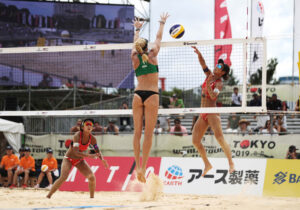
summary
Although beach volleyball and indoor volleyball may seem similar on the surface, they are actually very different in many ways, including the playing environment, rules, strategy, and physical demands.
Beach volleyball is played in pairs in a natural setting and requires movement on the sand, requiring players to have a high level of physical ability and adaptability.
Indoor volleyball, on the other hand, is a six-person team sport characterized by fast action and a hard court, requiring players to play specific roles and perform detailed teamwork.
The exchange of techniques and strategies between these two sports is an important means for athletes to further improve their games.
Transferring skills from beach volleyball to indoor volleyball and vice versa brings a new perspective and contributes to player growth.
Learning from each other’s sports also allows players to grow in ways other than play, such as becoming mentally stronger, improving team dynamics, and better responding to pressure.
Ultimately, beach volleyball and indoor volleyball each have their own appeal and continue to attract many fans and players around the world.
By understanding and respecting the unique characteristics of each sport, athletes can enrich their sporting careers and gain the courage and inspiration to try their hand at playing in different environments.


